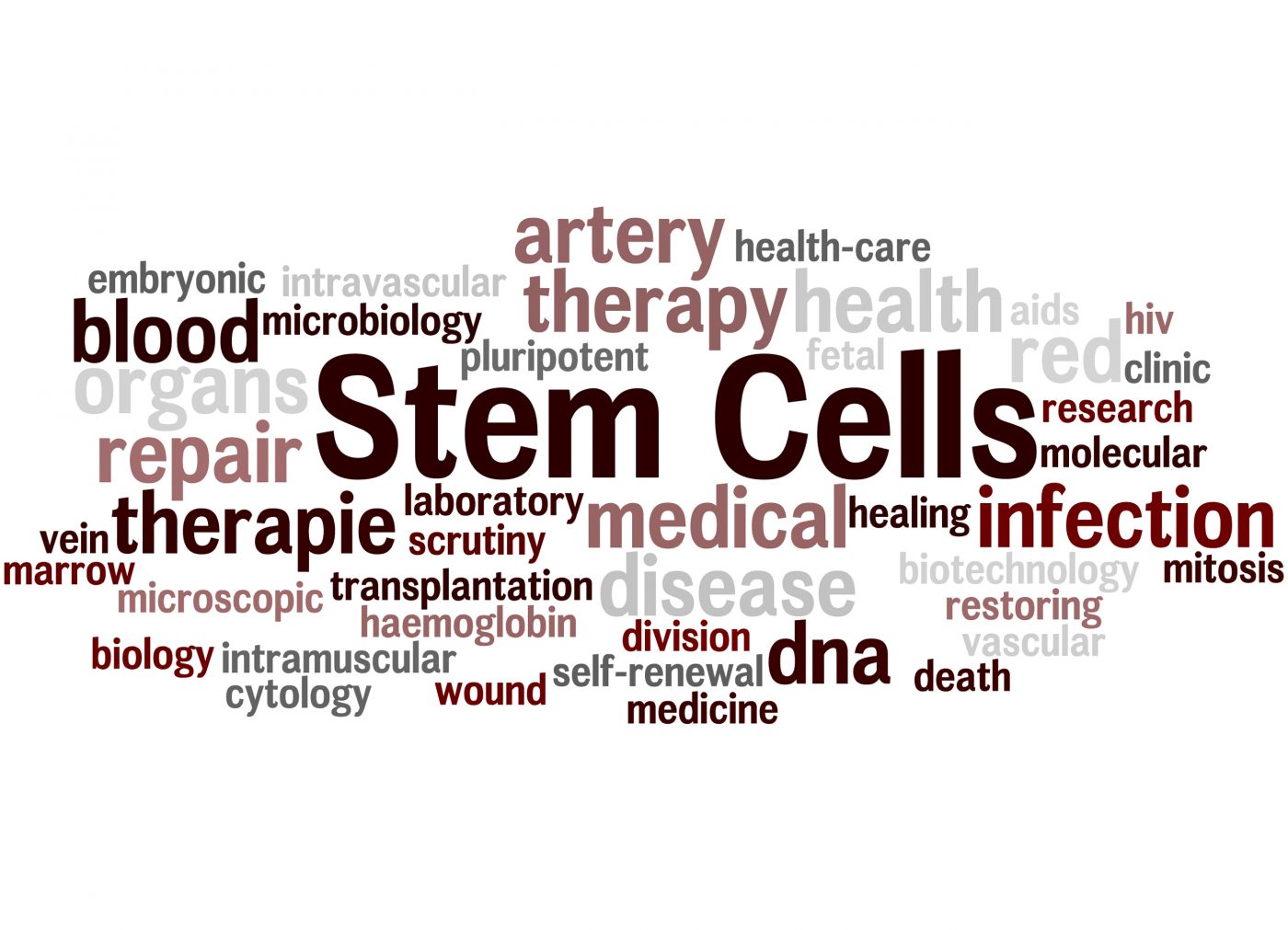Myeloablative Stem Cell Transplant Improves Long-term Outcomes in Severe Scleroderma, Trial Shows
Written by |

Immunosuppressive therapy followed by an autologous stem cell transplant resulted in significant long-term benefits, including improved overall survival, in adult scleroderma patients compared to immunosuppressive therapy alone, according to the results of a Phase 2/3 trial.
Despite a higher rate of treatment-related deaths in the transplant group, researchers argue that stem-cell transplant is a potential beneficial strategy for scleroderma patients, but a balanced analysis is required to weigh the benefits against the side effects.
Results of the study, “Myeloablative Autologous Stem-Cell Transplantation for Severe Scleroderma,” were published in The New England Journal of Medicine.
In the Phase 2/3 SCOT trial (NCT00114530), researchers randomly assigned adult patients ages 18-69 with severe scleroderma to two groups.
In group one, patients underwent a procedure to remove their hematopoietic stem cells followed by a high dose of immunosuppressive therapy (chemotherapy and radiation therapy) to block the immune system response. They then received an infusion, or transplant, of their own purified peripheral blood stem cells.
This group was called the myeloablative autologous hematopoietic stem-cell transplant group. Myeloablative refers to high-dose chemotherapy that kills cells in the bone marrow; autologous means the patient’s own stem cells are being transplanted; and hematopoietic refers to immature stem cells that can develop into any type of blood cell.
In group two, patients were administered monthly doses for one year of cyclophosphamide (Cytoxan), a chemotherapy immunosuppressant.
Patients were equally randomized between the two groups – group one had 36 patients, and the Cytoxan-treated group had 39 patients.
Researchers compared patient outcomes in each group 4.5 years after the treatment, assessing as the primary endpoint a global rank composite score (GRCS), a tool that accounts for multiple disease manifestations simultaneously.
“The primary endpoint was a global rank composite score comparing participants with each other on the basis of a hierarchy of disease features assessed at 54 months: death, event-free survival (survival without respiratory, renal, or cardiac failure), forced vital capacity, the score on the Disability Index of the Health Assessment Questionnaire, and the modified Rodnan skin score,” researchers wrote.
The GRCS results showed the superiority of stem-cell transplant at 4.5 years (the primary endpoint) and at four years (key secondary endpoint) compared to treatment with Cytoxan only.
Results also showed that the rate of event-free survival at 4.5 years was 79% in the transplant group compared to 50% in the Cytoxan-only treated group.
Within six years (the maximum follow-up), the gap between the transplant and Cytoxan groups was even more pronounced, with event-free survival achieving 74% compared to 47%, and an overall survival of 86% vs. 51%, respectively.
The analysis of secondary endpoints – modified Rodnan skin score, the health assessment questionnaire disability index score, and the physical parameter within the 36-item Short Form General Health Survey (SF-36) – showed the improvements were always higher in the transplant group compared to patients treated with Cytoxan.
After 4.5 years, only 9% of transplant recipients required disease-modifying anti-rheumatic drugs (DMARDs), compared to 44% of patients treated with Cytoxan.
“Evidence that patients with scleroderma could have significant improvement and remain free of DMARDs supports transplantation as a treatment for this serious disease,” researchers wrote.
The rates of infection were similar between both groups, except for infection with Varicella zoster virus, the agent of varicella or chickenpox, which was reported in 12 transplant recipients and only one patient in the Cytoxan group.
Also, treatment-related mortality was higher in the transplant group, affecting 3% of the patients at 4.5 years after treatment, and doubling to 6% by six years, while no events were reported in the Cytoxan group.
Overall, stem-cell transplant “resulted in significantly better clinical outcomes than 12 months of cyclophosphamide,” researchers wrote. Nonetheless, the team emphasizes that “toxic effects should be weighed against the beneficial results of treatment and the seriousness of the underlying disease.”





